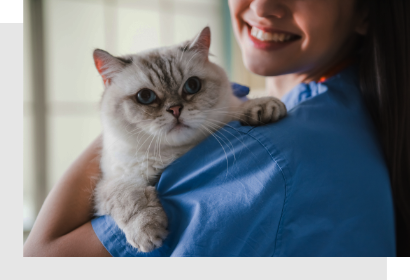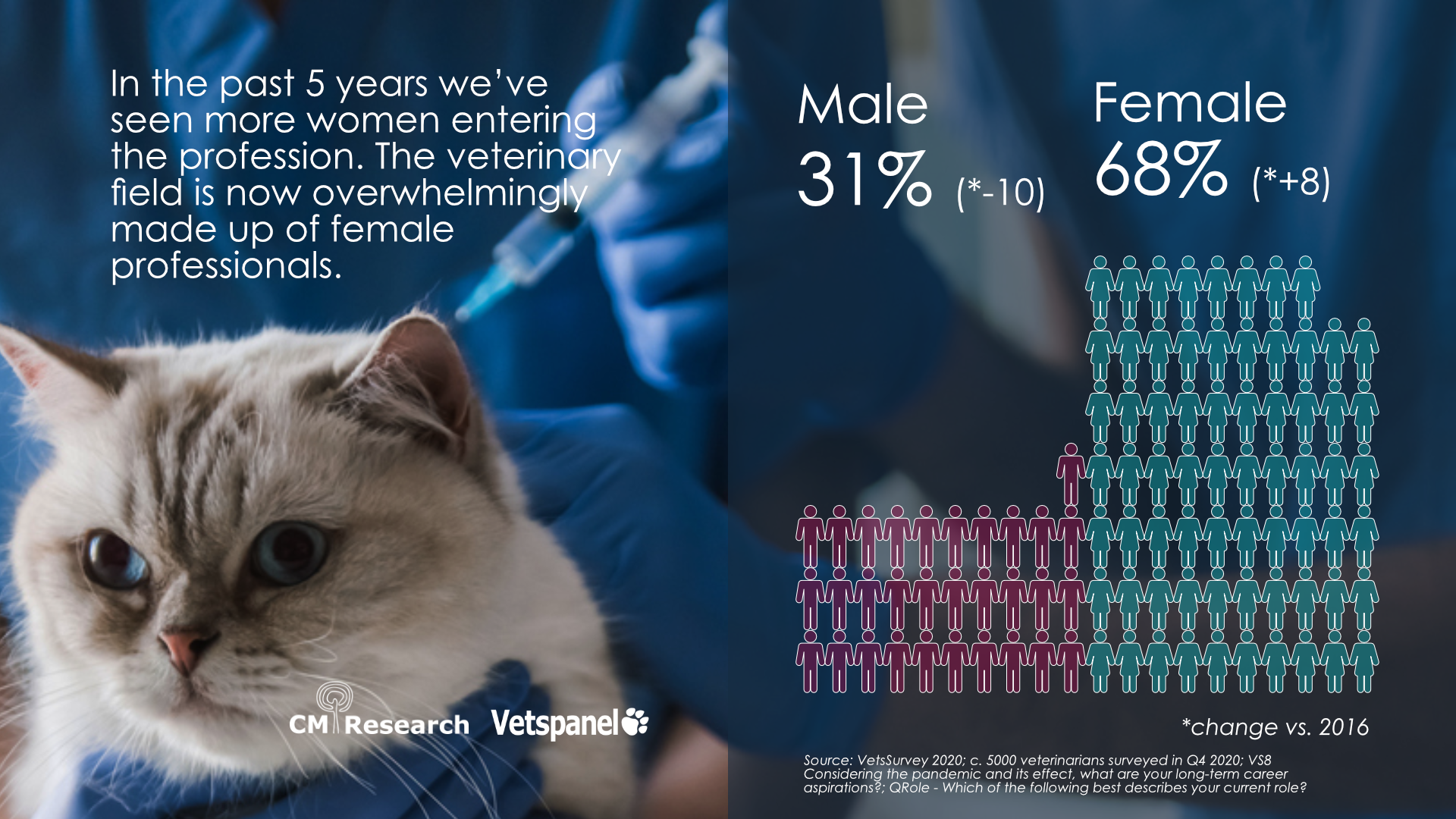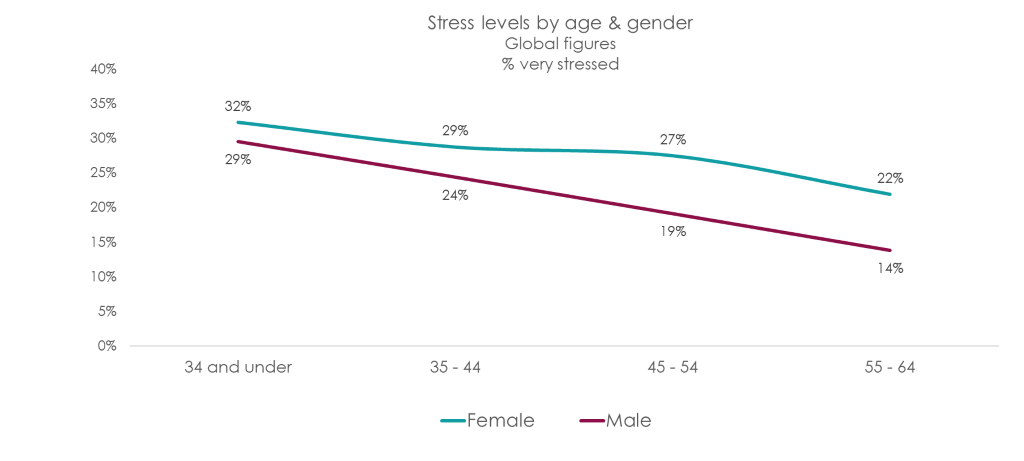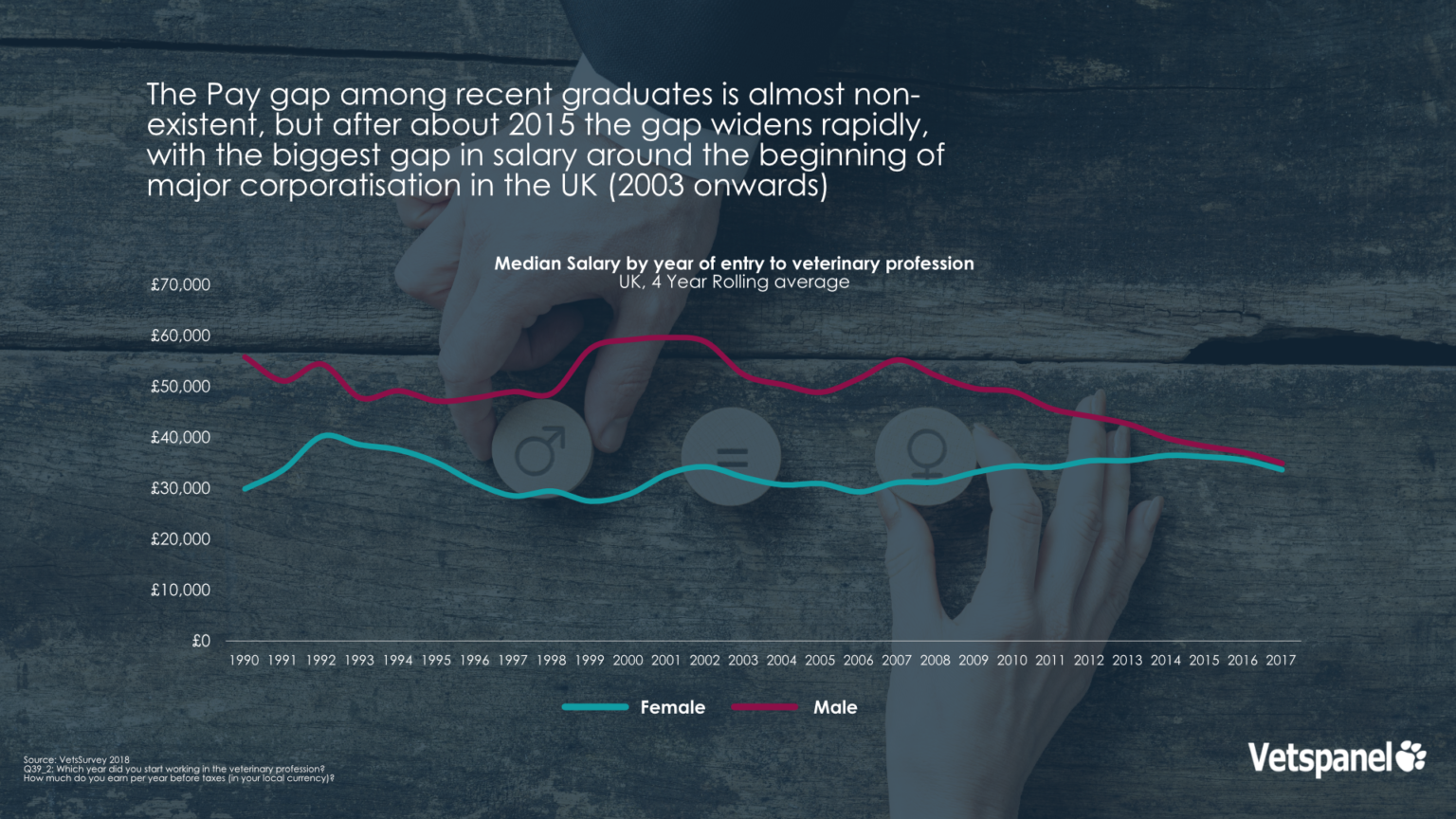Women in Veterinary Medicine: Why more women doesn’t equal more equality

Introduction
Be part of a conversation about women in Veterinary Medicine and the chances are that one of the first things mentioned is how rapidly the industry has become “female dominated”.

The fact that female veterinarians now outnumber male veterinarians at a rate of more than two to one is often lauded as a success for female inclusion in STEM.
Those who reject the idea of systemic gender inequality in STEM hold up the veterinary industry as an example to prove their point, often accompanied by comments such as:

This view is problematic. Firstly, it assumes that a profession becomes “female dominated” as soon as women outnumber men by count. Secondly, it completely ignores the everyday experience of women in veterinary medicine.
Dig even a little behind the numbers and it is clear to see that the gender bias, societal expectations and misogynistic structures that prevail across the world are still alive in the veterinary industry. It may have a unique position as the most “female dominated” STEM profession, but the issues that women face within the industry are depressingly un-unique. Not only do the same challenges exist within the veterinary world as in other professions, but in some cases the nature of veterinary work amplifies them.
In this blog piece I’ll illustrate, using our recent VetsSurvey 2020 research and interviews with our members, the ways in which the issues women around the world face are reflected in and, in some cases, exacerbated by, the veterinary industry.
Career prospects are still held back
Reflecting the situation for women in many other industries, the ambition for and attainment of, owner partner roles is still higher among men.
In short open-ended interviews with some of our Vetspanel members we hear that women are not encouraged to go for owner partner roles. In some cases, motherhood was given as a reason for lack of promotion.
“The sexism in our industry is phenomenal and so blatant. No other industry is this male dominated. I have been told in my career to have an abortion when I was pregnant as it would hinder my career, been told I would have been made a partner but I was the wrong sex and told I couldn’t be a specialist and have children.”
With much higher proportions of women entering the profession we’d expect to see some levelling out of the balance of owner/partner positions held by men. However, even among the very youngest groups of veterinarians we are still seeing a higher level of owner partners among men than women.

Levels of stress, burnout and compassion fatigue are higher among women than men

This is unsurprising. Women are still expected to be the main caregivers if they choose to have children; plus continue to take on a higher load of emotional labour both in and out of work. Despite the number of women in the industry the continued management of practices managed by men, combined with the nature of clinic work, we do not yet see any sustainable shift to more flexible working practices.
Of course, this doesn’t mean to say working as a veterinarian isn’t stressful for men in the industry. In fact, it seems that age is also highly correlated with stress levels; younger veterinarians are more stressed, and stress levels decrease with age regardless on gender (though women continue to report higher levels of stress).

The gender pay gap is almost non-existent for graduate veterinarians, but this isn’t necessarily good news
For veterinarians entering the profession in the past few years there is almost no difference between salaries based on gender.

However, this is likely due to three reasons, none of which have anything to do with equality.
Corporate practices tend to have much more transparent and standardised salaries than independents. Whilst this in itself is a good thing, corporatisation brings with it a perceived ceiling to salaries which has been suggested as one of the reasons why the veterinary industry has become more female.
Men are more likely to expect higher salaries, and therefore graduate towards STEM careers that pay more. Therefore, high corporatisation rates may in part encourage men away from a veterinary career, but not women. Or, to put it as a vet friend of mine did this weekend:
“It’s the loss of the old school model of vet (typically man) buys practice, or buys in to practice partnership, practice grows, practice owner or partners take home good salary and then sell business to fund retirement. This sale used to be to the new associate to allow them to grow their career. But now, corporate companies are always able to out compete what associates could pay and so the model of starting out as an associate and becoming a practice owner has become almost obsolete as no one can afford to buy a practice.”
Finally, and most depressingly, the veterinary industry seems to add another industry datapoint to the theory that when an industry starts (for any reason) to become more female its perceived value, and therefore salary level, drops. This also works the other way round; as soon as computing became something done by men, rather than a menial job carried out most by women, salaries shot up.
Socialised gender norms are apparent in what veterinarians are taught to value
I’m strongly of the opinion that many of the priorities we exhibit in adult life are as a result of rampant socialisation that tells boys and girls what they are expected to like and do.
Whether you share my opinion or believe gender differences are purely biological, it’s clear to see that those differences exist, regardless of how we each choose to interpret them.
When asked what would make the most positive difference to the future of veterinary medicine, female veterinarians were more likely to focus on attitudes and services, whereas men were more likely to consider clinical and technological factors.

And whilst there are more female veterinarians overall, there are pockets which are still very male led; orthopaedics, large animal and other specialisms. In fact, one of my close friends told me this week that she was once at a neuroscience conference and a demonstrating surgeon asked her to bring him equipment. She was the only woman in attendance and was therefore assumed as an organiser of the event, not an attendee. Even as we see more women than ever enter the industry, gender roles still dictate that certain areas of it are closed off to women.
Why am I telling you what you already know?
It’s 2021. It’s the month we celebrate women with #IWD and Women’s History month. There are now huge number of women in the veterinary industry, and some very promising changes. However, the rate of change is not in line with the level of increase of female bodies. This tells me that men’s voices still hold more weight and influence than women’s voices. We shouldn’t need more than two female voices to every male voice to make changes, but it helps.
Related Blogs
October 20, 2022
The cost-of-living crisis and its impact on veterinary practice. PART I
0 Comments4 Minutes
January 23, 2022
COVID-19 Global Pandemic impact on the veterinary market. VetsSurvey 2020 – Part 1
0 Comments1 Minutes
October 21, 2021
Veterinary nurses overlooked as petition calls for better understanding
0 Comments4 Minutes









